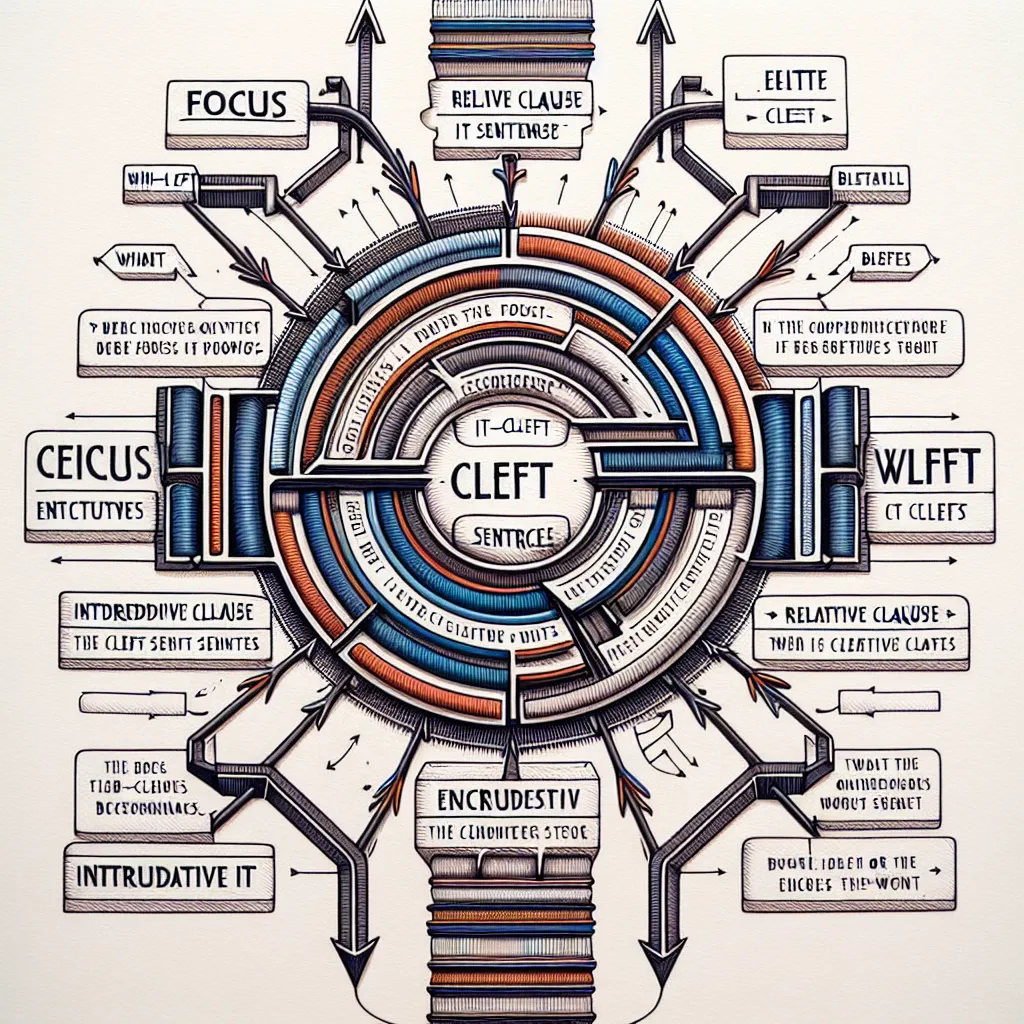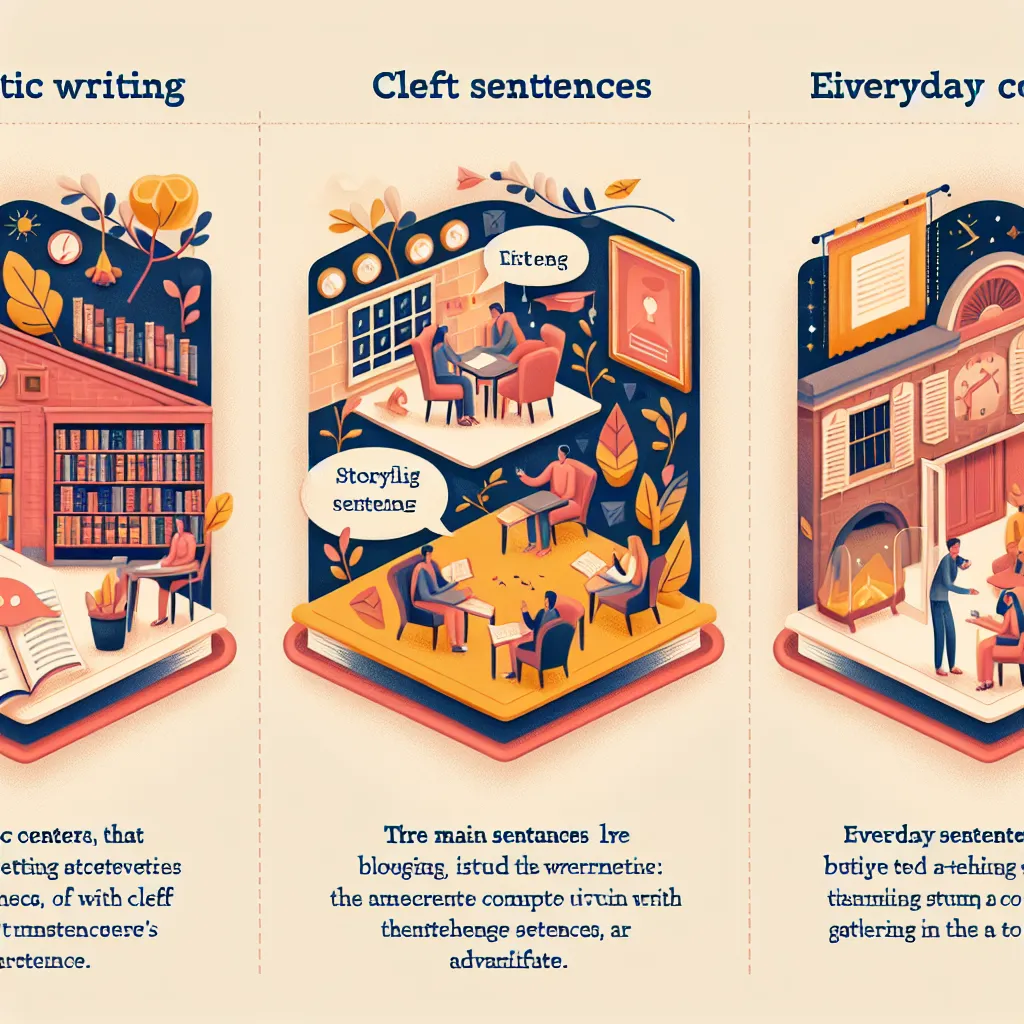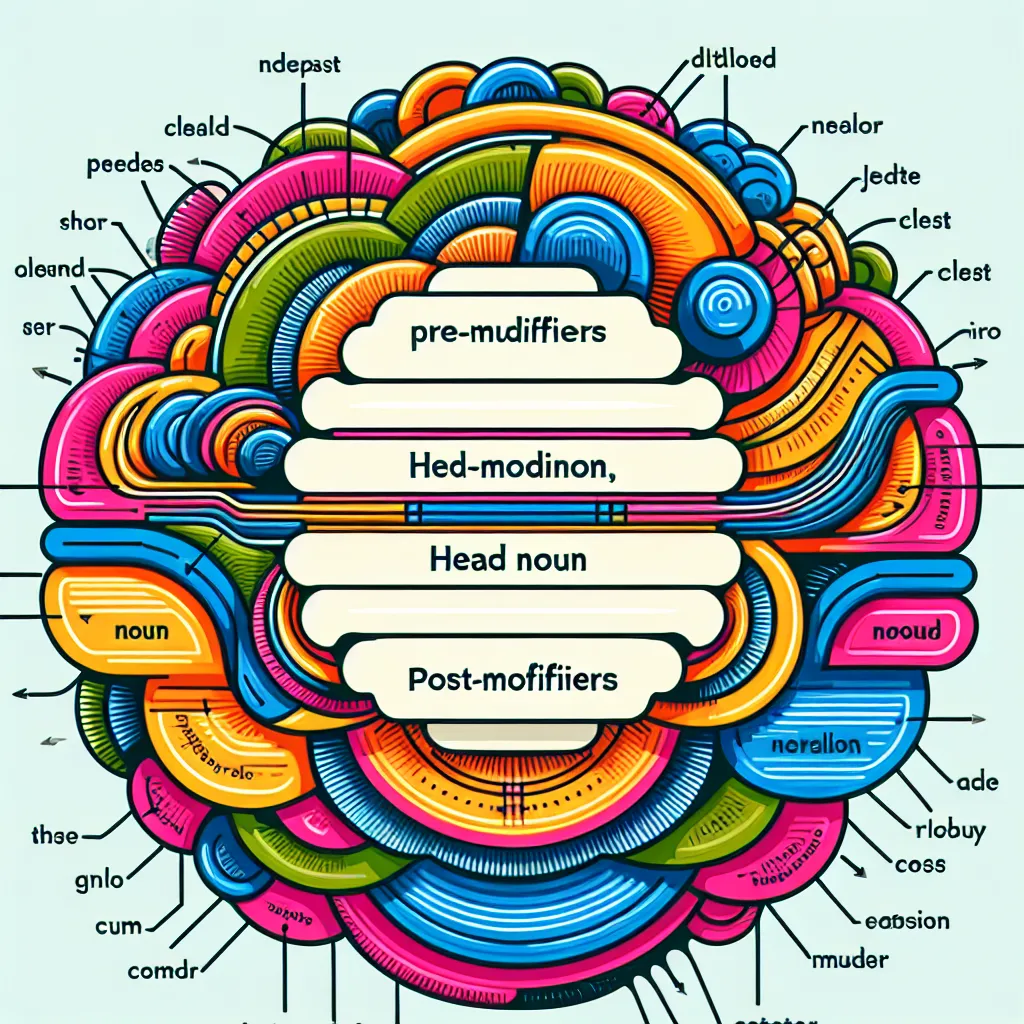Cleft sentences are a powerful tool in English grammar that can help you emphasize specific information and add sophistication to your writing and speaking. This guide will explore the intricacies of cleft sentences, providing you with a clear understanding of their structure and usage.
What Are Cleft Sentences?
Cleft sentences are a type of complex sentence structure used to highlight or emphasize certain elements within a sentence. The term “cleft” means “split,” and that’s exactly what these sentences do – they split a simple sentence into two parts to draw attention to specific information.
 Cleft Sentence Diagram
Cleft Sentence Diagram
Types of Cleft Sentences
There are two main types of cleft sentences:
- It-cleft sentences
- Wh-cleft sentences (also known as pseudo-cleft sentences)
Let’s explore each type in detail.
It-Cleft Sentences
It-cleft sentences begin with “It is/was” followed by the emphasized element and a relative clause. This structure allows you to put focus on a particular part of the sentence.
Structure of It-Cleft Sentences
The basic structure of an it-cleft sentence is:
It + be + emphasized element + relative clause
Examples of It-Cleft Sentences
-
Original sentence: John bought a new car yesterday.
It-cleft sentence: It was John who bought a new car yesterday. -
Original sentence: She visits her grandmother every Sunday.
It-cleft sentence: It is every Sunday that she visits her grandmother.
In these examples, you can see how the it-cleft structure draws attention to “John” and “every Sunday” respectively.
Wh-Cleft Sentences
Wh-cleft sentences, also known as pseudo-cleft sentences, begin with a “what” clause followed by the be verb and the emphasized element.
Structure of Wh-Cleft Sentences
The basic structure of a wh-cleft sentence is:
What + clause + be + emphasized element
Examples of Wh-Cleft Sentences
-
Original sentence: I need a vacation.
Wh-cleft sentence: What I need is a vacation. -
Original sentence: She loves chocolate ice cream.
Wh-cleft sentence: What she loves is chocolate ice cream.
These examples demonstrate how wh-cleft sentences can effectively highlight the important information at the end of the sentence.
When to Use Cleft Sentences
Cleft sentences are particularly useful in the following situations:
- To emphasize specific information
- To contrast ideas
- To add variety to your writing
- To improve the flow of information in a text
For instance, in academic writing, you might use cleft sentences to highlight key findings or arguments. In storytelling, they can be used to create suspense or draw attention to crucial plot points.
 Cleft Sentence Usage Examples
Cleft Sentence Usage Examples
Tips for Using Cleft Sentences Effectively
-
Don’t overuse them: While cleft sentences are powerful, using them too frequently can make your writing feel unnatural.
-
Choose the right type: Consider whether an it-cleft or wh-cleft would be more effective for your specific emphasis.
-
Practice with different sentence elements: Try creating cleft sentences that emphasize subjects, objects, adverbials, and other parts of speech.
-
Read your sentences aloud: This can help you ensure that the emphasis feels natural and achieves your intended effect.
-
Study authentic examples: Look for cleft sentences in academic papers, literature, and speeches to see how skilled writers use them.
Common Mistakes to Avoid
When using cleft sentences, be aware of these potential pitfalls:
-
Overcomplicating simple ideas: Sometimes, a straightforward sentence is more effective than a cleft structure.
-
Incorrect pronoun usage: Ensure that you use the correct relative pronoun (who, which, that) in it-cleft sentences.
-
Awkward emphasis: Make sure the element you’re emphasizing truly deserves focus within the context of your writing.
-
Inconsistent tense: Maintain consistent tense between the cleft structure and the rest of your sentence.
Practice Exercises
To help you master cleft sentences, try these exercises:
-
Rewrite the following sentences using it-cleft structures:
- Sarah completed the project last week.
- They met at a coffee shop in Paris.
-
Transform these sentences into wh-cleft structures:
- We need more funding for research.
- The team values honesty above all else.
-
Identify the cleft sentences in a newspaper article or academic paper and analyze their effectiveness.
For more advanced practice with complex sentence structures, you might find our guide on how to use advanced clauses in persuasive writing helpful.
Conclusion
Cleft sentences are a valuable tool for adding emphasis and sophistication to your English writing and speaking. By understanding their structure and practicing their use, you can enhance your ability to communicate clearly and effectively. Remember to use them judiciously and always consider your audience and context.
For further improvement in your grammar skills, especially for formal contexts, check out our article on how to improve grammar in formal presentations. Keep practicing, and you’ll soon find yourself using cleft sentences with confidence and precision.




